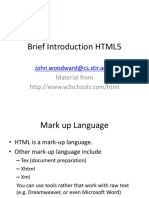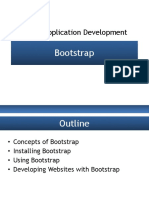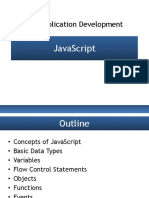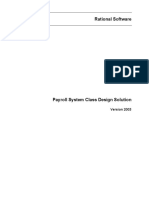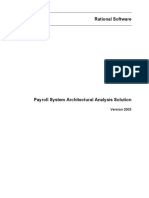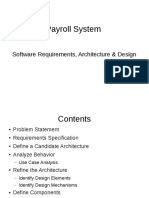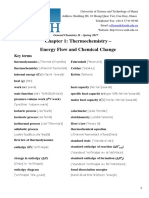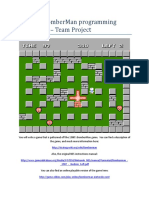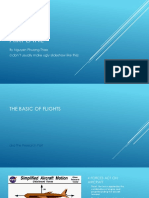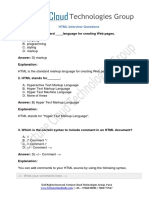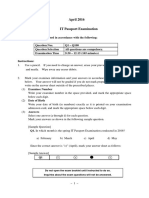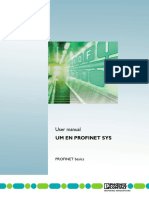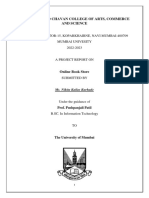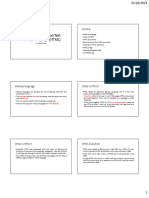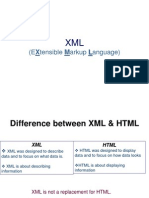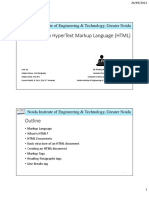0% found this document useful (0 votes)
52 views32 pagesWeb Application Development: Hypertext Markup Language (HTML)
HTML is a markup language used to define the structure and layout of web pages. It uses tags to mark elements like headings, paragraphs, lists, links and images. The basic structure of an HTML document includes <html>, <head>, and <body> tags. Common elements include headings, paragraphs, lists, links, images and tables. Attributes provide additional information about elements.
Uploaded by
Nguyễn Phương ThảoCopyright
© © All Rights Reserved
We take content rights seriously. If you suspect this is your content, claim it here.
Available Formats
Download as PDF, TXT or read online on Scribd
0% found this document useful (0 votes)
52 views32 pagesWeb Application Development: Hypertext Markup Language (HTML)
HTML is a markup language used to define the structure and layout of web pages. It uses tags to mark elements like headings, paragraphs, lists, links and images. The basic structure of an HTML document includes <html>, <head>, and <body> tags. Common elements include headings, paragraphs, lists, links, images and tables. Attributes provide additional information about elements.
Uploaded by
Nguyễn Phương ThảoCopyright
© © All Rights Reserved
We take content rights seriously. If you suspect this is your content, claim it here.
Available Formats
Download as PDF, TXT or read online on Scribd
/ 32







































